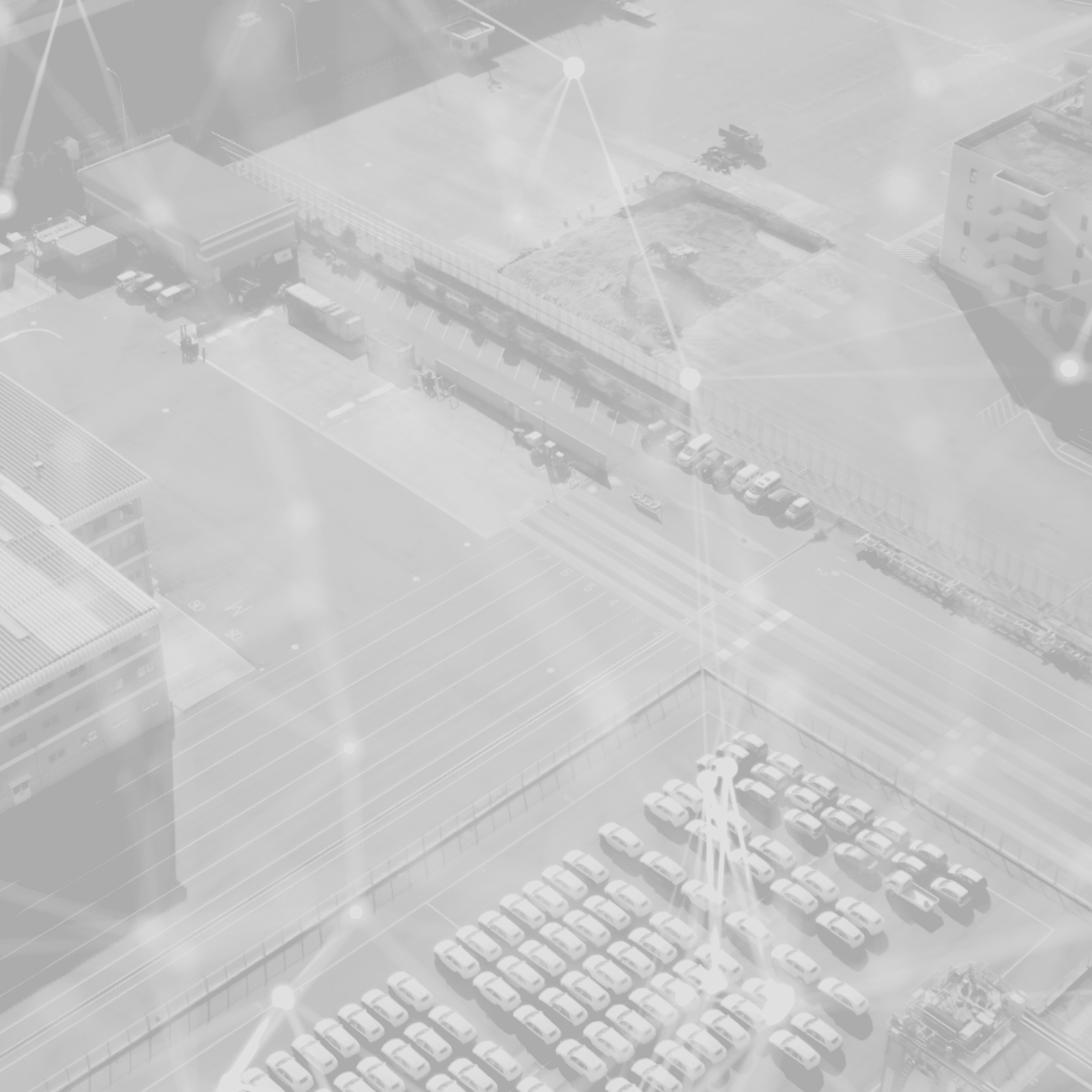Digitalization of logistics: EDI, digital twin and material control

The world of logistics is changing. Advancing digitalization is creating new opportunities to optimize the supply chain. Three key technologies are at the heart of this change: electronic data interchange (EDI), the digital twin of the supply chain and material control.
EDI in logistics
EDI, or Electronic Data Interchange, is a standardized process that enables the exchange of business documents between companies. It is a technology that enables information such as invoices, order confirmations and shipping information to be exchanged electronically and in real time. This automated exchange of data reduces manual intervention, minimizes errors and speeds up processes. It is also a key factor in the efficiency and accuracy of the flow of goods.
This data exchange can be used to increase the effectiveness of your supply chain even further. For example, with tools such as our optimization software. The SaaS solution docks onto your current planning system like an add-on. Your existing MRPs are transferred to the SaaS solution via EDI. Taking all relevant planning parameters into account, the AI plans each cargo space in 3D and thus ensures cargo space utilization of over 90%. The optimized transport plans are sent back to your planning system or directly to your logistics provider via EDI using the existing interface.
Digital twin in the supply chain
Another milestone in the digital transformation of logistics is the use of digital twins. A digital twin is a virtual model of a physical unit or system that reflects its performance and status in real time. In the context of the supply chain, the digital twin maps the flow of goods from production to the end consumer. This enables comprehensive transparency and control over the entire supply chain. With the help of software solutions, you can use a digital twin to predict and avoid bottlenecks, delays and quality problems.
Material control and goods flows
Material control is another important element in logistics. It encompasses all activities aimed at ensuring the availability of the required materials and products while minimizing costs. Digitalization enables more accurate material control by providing real-time information on stock levels, demand and delivery times. With our optimization software, you can take into account production stock levels at both source and destination and optimize bottleneck management of critical parts. This allows you to prevent production fluctuations in advance.
Interrelationships in logistics
These three technologies are closely interlinked. EDI enables a smooth flow of information, which is essential for the creation and maintenance of digital twins. These in turn provide the information required for effective material control. Together, they enable a transparent, efficient and agile supply chain.
The integration of these technologies offers enormous potential for optimizing logistics. It enables better planning and control of the flow of goods, improves the accuracy of material control and increases transparency throughout the supply chain. It ensures that the right product is in the right place at the right time – a goal that every logistics company strives for.
In a world increasingly reliant on real-time data and seamless connectivity, EDI, digital twins and material control are no longer just nice extras, but essential tools for success in logistics.
The combination of EDI, digital twins and material control enables companies to visualize and control their supply chains in real time. This leads to improved decision-making, as companies are able to act based on real-time data and not just react to historical data.
The benefits of these digital tools are manifold. They improve the efficiency and accuracy of logistics processes, reduce costs and risks, and enable better collaboration with partners along the entire supply chain.
The digital transformation of logistics is more than just a trend, it is a necessity. Companies that embrace technologies like the S2data optimization software will have a distinct advantage over those that cling to old, manual processes. It’s time to seize the opportunities offered by EDI, digital twins and material control to make logistics more efficient, transparent and ultimately more successful.